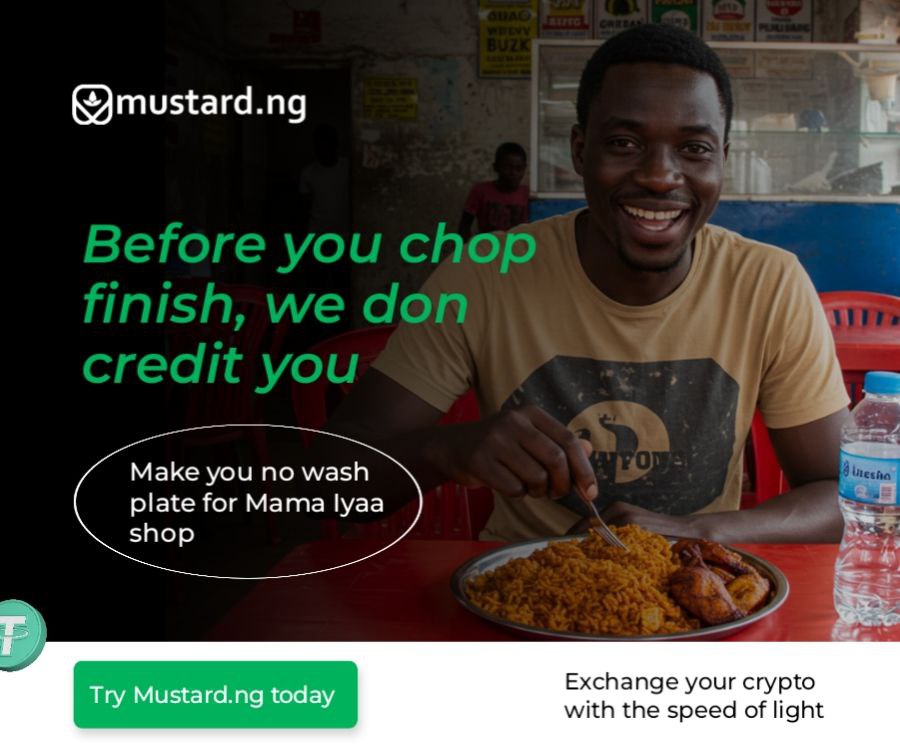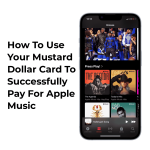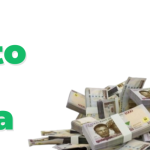Download The Mustard App
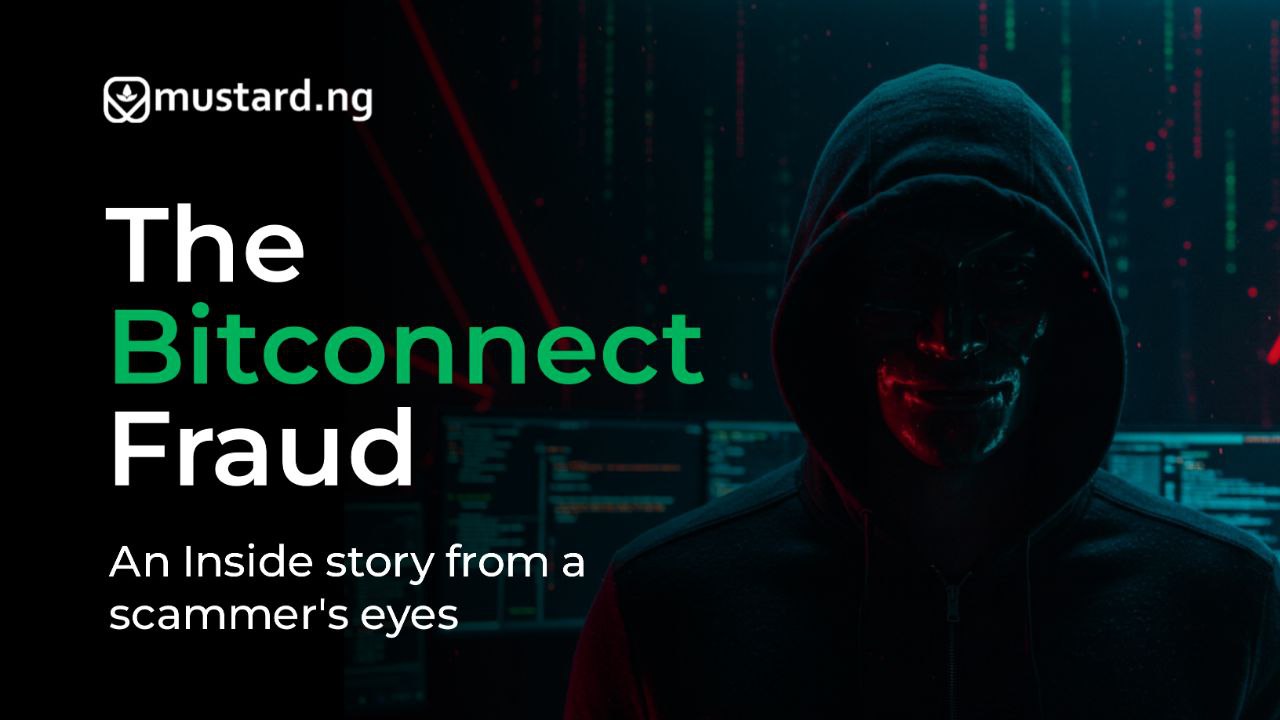
The BitConnect Fraud – An Inside Story A Scammer’s Eyes
“At first, it wasn’t meant to be a scam. At least that’s what we told ourselves. But greed has a way of changing everything…”
The Idea: How It All Started
I wasn’t always a scammer. I was a programmer—freelance, underpaid, but hungry. Things weren’t so easy but I knew how the blockchain worked because I had been trading altcoins since 2015, and I saw the way the market moved on hype and hope. Then came 2016, Bitcoin was flying high, Initial Coin Offerings (ICOs) were popping up daily, and the crypto world was in its wild baby years.
That’s when Satish Kumbhani, our “visionary” reached out asking, “Why don’t we create a platform that uses a trading bot to generate profits from crypto volatility?” It sounded legit, at first. A lending platform powered by a secret trading algorithm that guarantees insane returns.
He already had the name: BitConnect. The promise? Daily compound interest of about 1% per day. I laughed when I saw the math.
“That’s 3,780% a year. Nobody will buy it.” He smiled and replied, “They will. People want to believe.” He was right.
Building the Beast
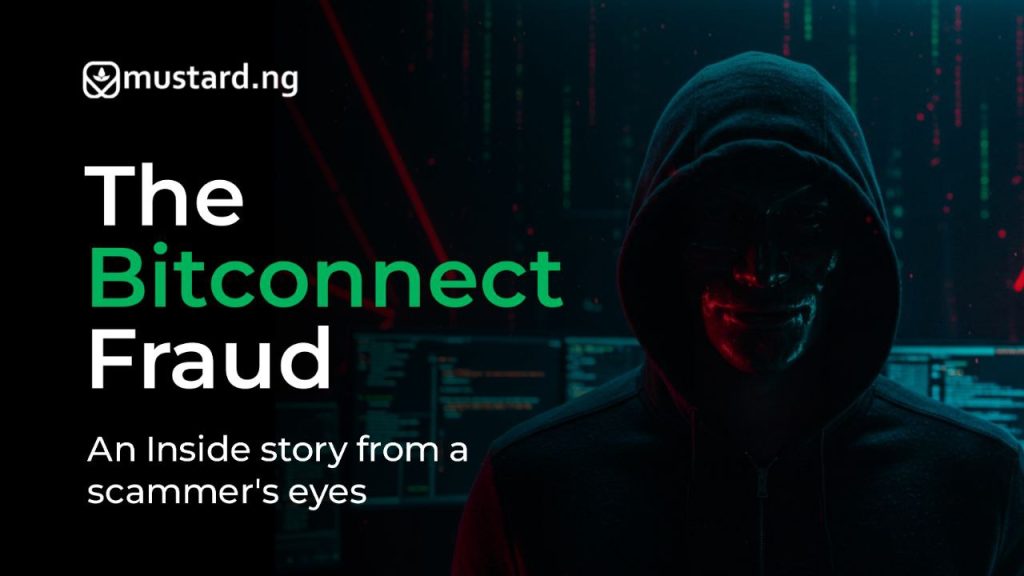
We started small. Satish was the face, I handled the backend, and we brought in a few marketers. But the real genius was our referral system.
We structured it like this:
- 5 levels deep affiliate commissions.
- Bigger payouts for bigger deposits.
- Top promoters would earn bonuses in BitConnect Coin (BCC).
It was a hybrid between a Ponzi and a multilevel marketing scheme. The platform looked shiny. The whitepaper was vague enough to look intelligent. The website had slick charts and countdown timers. And of course, we created our own coin: BCC.
We claimed BCC was a “Bitcoin alternative” and launched it with no real tech behind it – just enough to make it tradeable. We rigged the price, pumped it ourselves, and listed it on our own exchange. With enough fake volume, it looked like a success.
People bought in.
Going Viral: Enter the Influencers
We didn’t need to advertise much. The crypto influencers did it for us. We found YouTubers – hungry, growing channels, mostly in the U.S., India, and Nigeria.
One of our biggest boosters? Carlos Matos.
Oh, Carlos. He was never officially one of us, just a true believer. That infamous 2017 event where he screamed “BITCONNEEEEEECT!!” on stage? That wasn’t scripted. He believed the lie. But his performance became a meme, and memes move markets.
Every day, we saw thousands of new signups. People were lending hundreds, thousands, tens of thousands of dollars to a trading bot that didn’t even exist. We just kept recycling money between accounts.
You lend $1,000? We’d pay you $10 a day from the deposits of the people who joined after you. Textbook Ponzi.
The Numbers Got Crazy
By mid-2017, we had over $1 billion in market cap. BitConnect Coin was one of the top 20 cryptos in the world. We had “conferences” in Thailand, Nigeria, and the Philippines. We wore suits and flashed Lambos.
It was intoxicating. We could have stopped. We should have stopped. But the money was too good.
Every withdrawal came from a newer deposit. It was working… until it wasn’t!
The Beginning of the End
They say a Ponzi fails not because it runs out of victims but because it gets too big to ignore. That’s what happened in late 2017.
Regulators from Texas and North Carolina issued cease-and-desist letters. We were accused of selling unregistered securities and operating a fraudulent investment platform. There were too many YouTube videos, too many rants on Reddit, too many journalists digging in.
People started withdrawing en masse. The system began to collapse.
So we pulled the plug.
On January 16, 2018, we made the announcement: BitConnect was shutting down.
We offered to “compensate” users by giving them their money back in BCC coins, at a rate we set. But as soon as the news hit, the price of BCC dropped 99% overnight.
The Fallout
People lost everything. Life savings. Student loans. Retirement funds. We watched from behind VPNs as forums exploded. There were lawsuits. Investigations. Arrests. Satish disappeared.
I ran. Changed countries. Changed names. But I still think about it. We didn’t use guns. We used websites and dreams. And people wanted to believe.
The Lesson
BitConnect wasn’t just a scam. It was a warning.
If you ever see a crypto project that promises guaranteed daily profits, “too-good-to-be-true” returns, or secret algorithms nobody can audit, run. If your earnings depend more on recruiting others than the product itself, run faster.
Technology is powerful. But in the wrong hands, it’s just another tool for greed.
Don’t be the next victim.
Conclusion: From BitConnect to Better Choices
BitConnect was a wake-up call, not just for victims, but for the entire crypto community. It reminded us that in a world driven by hype, promises of easy money can blind even the smartest investors. Scams thrive where there is ignorance, desperation, or unchecked greed.
But the lesson isn’t to avoid crypto. It is to approach it wisely. Choose platforms that are transparent, licensed, and genuinely focused on utility, not hype. Ask questions. Read the fine print. If the profits sound magical, they probably are.
Today, Africa’s crypto scene is growing rapidly, and Nigerians are leading the charge. For that growth to be sustainable, we need more education, more honesty, and platforms built on integrity.
This is where Mustard.ng comes in. It is a crypto exchange designed with Nigerian users in mind. Simple to use, secure, and transparent. Whether you’re buying, selling, or just getting started, Mustard.ng provides the tools to help you grow safely and confidently.
The crypto revolution is real. But only the informed will survive it.
Stay smart. Stay skeptical. Choose wisely.

